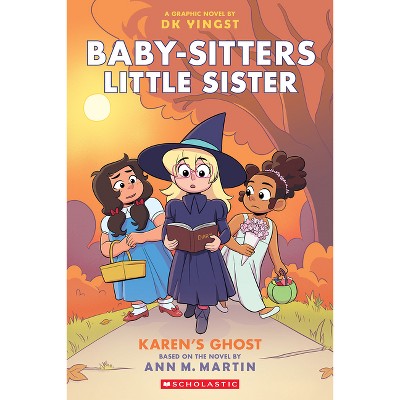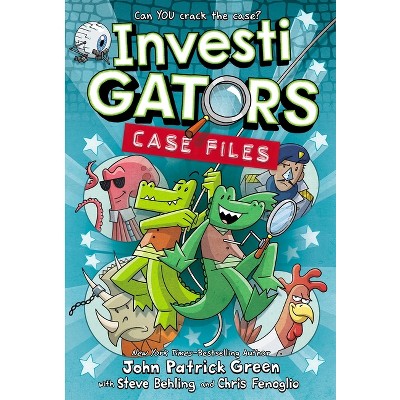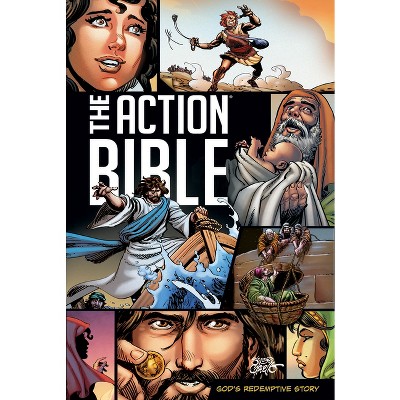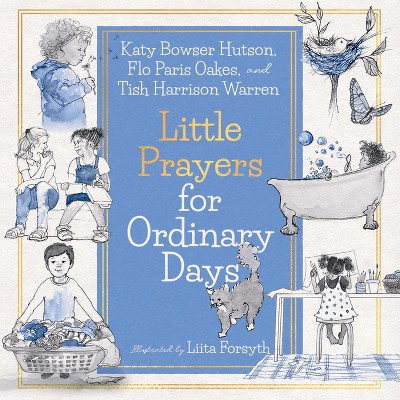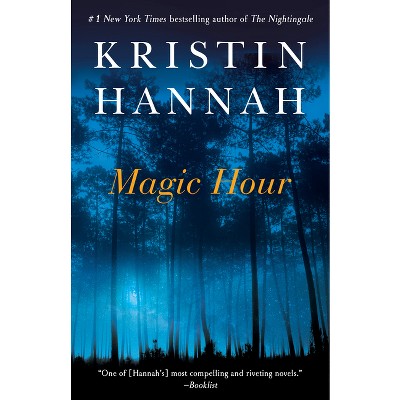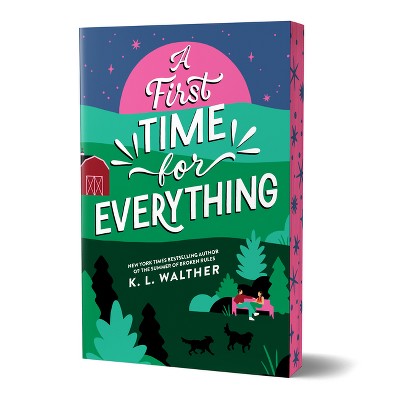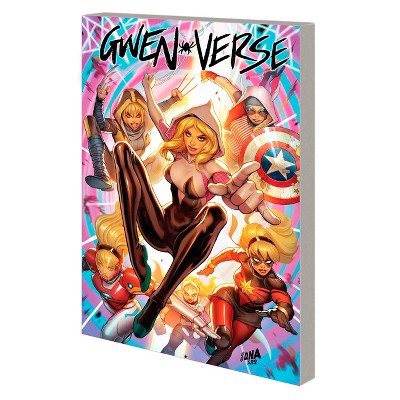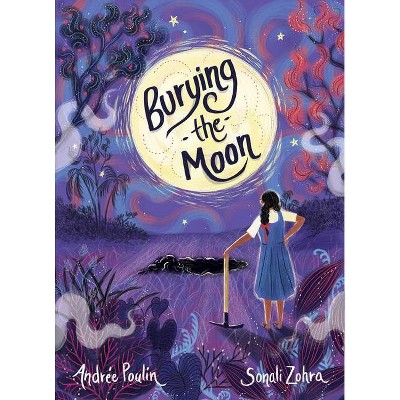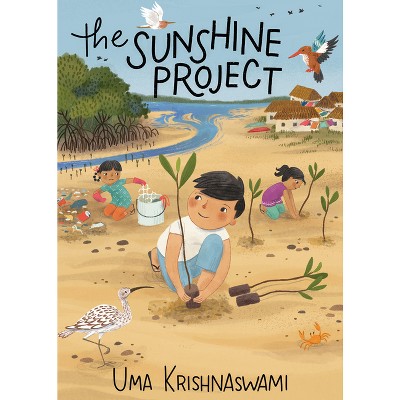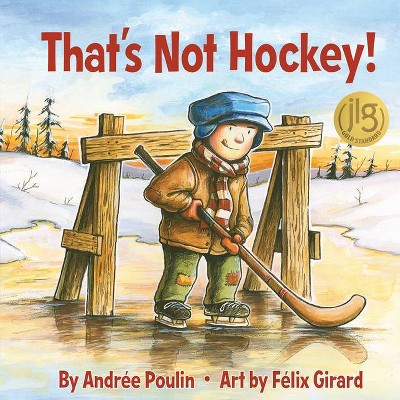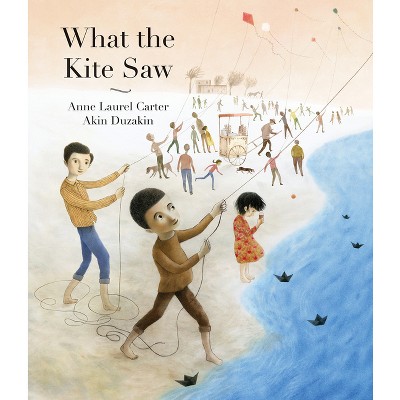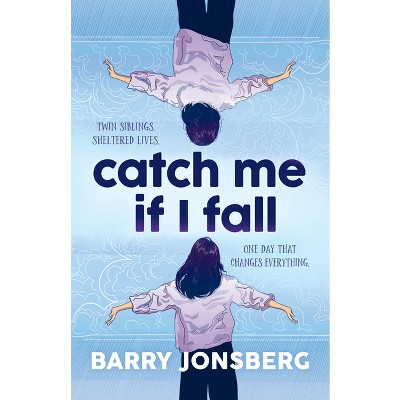Sponsored

Planting Sunshine - by Andrée Poulin
Pre-order
Sponsored
About this item
Highlights
- When does the war over there become the war over here?
- 9-12 Years
- 8.7" x 6.1" Hardcover
- 116 Pages
- Juvenile Fiction, War & Military
Description
Book Synopsis
When does the war over there become the war over here? In this novel in verse, a boy named Theo can't stop worrying about the war he sees on TV.
In a distant country, war is wreaking havoc. Theo, safe in his house, is horrified by the images of violence he sees on TV, and he can't stop wondering why: Why the war? Why this senseless violence? Why so much hate? His dad says it's complicated, and has no real answers to give him. His friends at school say that kids shouldn't be worried about faraway wars. But Theo can't stop thinking about bombs destroying houses and schools. He starts to feel very, very alone.
Inspired by an unusual act he sees on TV, where a woman gives seeds of the national flower to an enemy soldier, Theo wonders if there's a way that he can help sow the seeds of peace.
Weaving poems and striking illustrations, this book shows how war hurts people everywhere. The story reminds us that everyone -- young or old, near or far -- has the power to create positive change. Includes an author's note about ways to build peace.
Key Text Features
poems
illustrations
author's note
Correlates to the Common Core States Standards in English Language Arts:
CCSS.ELA-LITERACY.RL.3.1
Ask and answer questions to demonstrate understanding of a text, referring explicitly to the text as the basis for the answers.
CCSS.ELA-LITERACY.RL.3.3
Describe characters in a story (e.g., their traits, motivations, or feelings) and explain how their actions contribute to the sequence of events
CCSS.ELA-LITERACY.RL.3.6
Distinguish their own point of view from that of the narrator or those of the characters.
CCSS.ELA-LITERACY.RL.3.7
Explain how specific aspects of a text's illustrations contribute to what is conveyed by the words in a story (e.g., create mood, emphasize aspects of a character or setting)
CCSS.ELA-LITERACY.RL.3.9
Compare and contrast the themes, settings, and plots of stories written by the same author about the same or similar characters (e.g., in books from a series)
CCSS.ELA-LITERACY.RL.4.1
Refer to details and examples in a text when explaining what the text says explicitly and when drawing inferences from the text.
CCSS.ELA-LITERACY.RL.4.2
Determine a theme of a story, drama, or poem from details in the text; summarize the text.
CCSS.ELA-LITERACY.RL.4.3
Describe in depth a character, setting, or event in a story or drama, drawing on specific details in the text (e.g., a character's thoughts, words, or actions).
CCSS.ELA-LITERACY.RL.4.5
Explain major differences between poems, drama, and prose, and refer to the structural elements of poems (e.g., verse, rhythm, meter) and drama (e.g., casts of characters, settings, descriptions, dialogue, stage directions) when writing or speaking about a text.
CCSS.ELA-LITERACY.RL.4.6
Compare and contrast the point of view from which different stories are narrated, including the difference between first- and third-person narrations.
CCSS.ELA-LITERACY.RL.4.7
Make connections between the text of a story or drama and a visual or oral presentation of the text, identifying where each version reflects specific descriptions and directions in the text.
CCSS.ELA-LITERACY.RL.5.1
Quote accurately from a text when explaining what the text says explicitly and when drawing inferences from the text.
CCSS.ELA-LITERACY.RL.5.2
Determine a theme of a story, drama, or poem from details in the text, including how characters in a story or drama respond to challenges or how the speaker in a poem reflects upon a topic; summarize the text.
CCSS.ELA-LITERACY.RL.5.3
Compare and contrast two or more characters, settings, or events in a story or drama, drawing on specific details in the text (e.g., how characters interact).
CCSS.ELA-LITERACY.RL.5.4
Determine the meaning of words and phrases as they are used in a text, including figurative language such as metaphors and similes.
CCSS.ELA-LITERACY.RL.5.5
Explain how a series of chapters, scenes, or stanzas fits together to provide the overall structure of a particular story, drama, or poem.
CCSS.ELA-LITERACY.RL.5.6
Describe how a narrator's or speaker's point of view influences how events are described.
CCSS.ELA-LITERACY.RL.5.7
Analyze how visual and multimedia elements contribute to the meaning, tone, or beauty of a text (e.g., graphic novel, multimedia presentation of fiction, folktale, myth, poem).
CCSS.ELA-LITERACY.RL.6.1
Cite textual evidence to support analysis of what the text says explicitly as well as inferences drawn from the text.
CCSS.ELA-LITERACY.RL.6.2
Determine a theme or central idea of a text and how it is conveyed through particular details; provide a summary of the text distinct from personal opinions or judgments.
CCSS.ELA-LITERACY.RL.6.3
Describe how a particular story's or drama's plot unfolds in a series of episodes as well as how the characters respond or change as the plot moves toward a resolution.
CCSS.ELA-LITERACY.RL.6.4
Determine the meaning of words and phrases as they are used in a text, including figurative and connotative meanings; analyze the impact of a specific word choice on meaning and tone
CCSS.ELA-LITERACY.RL.6.5
Analyze how a particular sentence, chapter, scene, or stanza fits into the overall structure of a text and contributes to the development of the theme, setting, or plot.
CCSS.ELA-LITERACY.RL.6.6
Explain how an author develops the point of view of the narrator or speaker in a text.
CCSS.ELA-LITERACY.RL.6.7
Compare and contrast the experience of reading a story, drama, or poem to listening to or viewing an audio, video, or live version of the text, including contrasting what they "see" and "hear" when reading the text to what they perceive when they listen or watch.
CCSS.ELA-LITERACY.RL.6.9
Compare and contrast texts in different forms or genres (e.g., stories and poems; historical novels and fantasy stories) in terms of their approaches to similar themes and topics.
Review Quotes
"A tender, luminous novel about the realities of war, Planting Sunshine shows how small acts ... can help to reclaim power and nurture compassion." -- Foreword Reviews
"A helpful guide that accessibly considers the impact of violence and offers ways to cope and help those in need." -- Publishers Weekly
"For kids struggling to understand a world that is too often senseless in its violence, Theo offers a thoughtful and relatable friend with whom to work through big feelings that might not have any pat solution but nonetheless need to be addressed." -- Bulletin of the Center for Children's Books
Shipping details
Return details
Frequently bought together
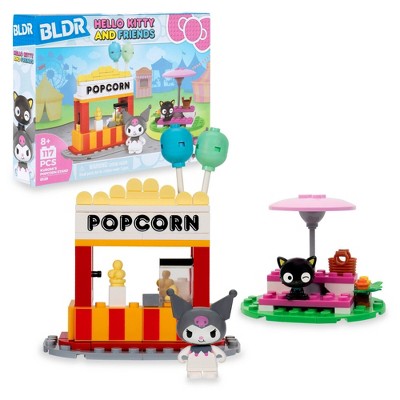
Trending Books for Ages 9-12

